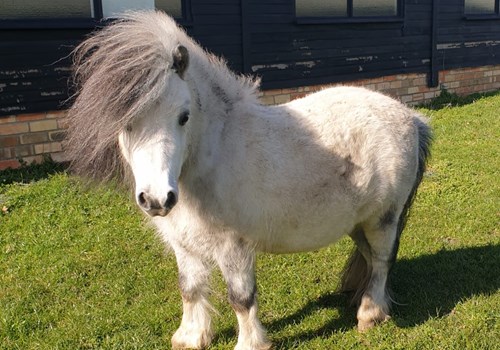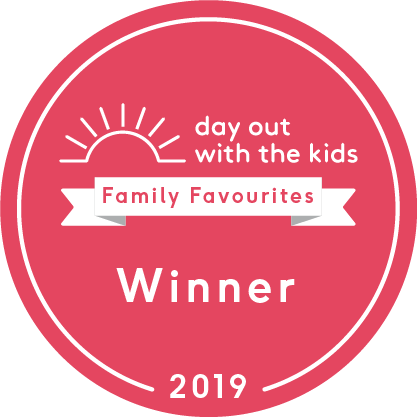Shetland Ponies (Equus callbus) have lived on the Shetland Islands for over 2,000 years.
It is often thought the only difference between horses and ponies is the size. This is an important distinguisher, but other characteristics do separate horses and ponies.
Both horses and ponies are measured in hands. Each 'hand' measures 4 inches. Ponies are generally considered to be 14.2 hands or under. However, the smallest horse, a Falabella, is considered to be a horse rather than a pony - despite only reaching 8 hands, or 32 inches.
Ponies are stockier thans horses with shorter legs, wider bodies, shorter, thicker necks and shorter heads with broad foreheads. Ponies bones are also heavier than horses.
The Shetland Pony is the strongest of all the ponies, despite being the smallest. It can pull twice it's own weight, so pound for pound they are stronger than horses.
Shetland Ponies evolved in harsh environments and are known for their sure-footedness, traversing rough terrain easily.
Ponies generally live longer than horses, the oldest living pony recorded was 55 years old.
Due to their size and strength, they were used to work underground in coal mines.














